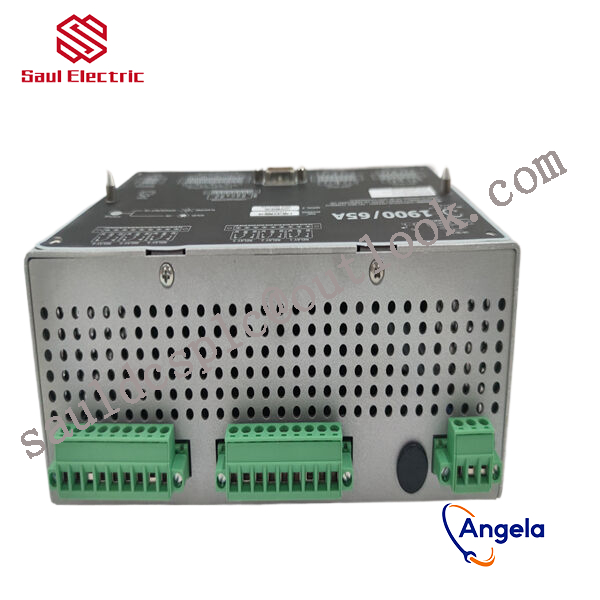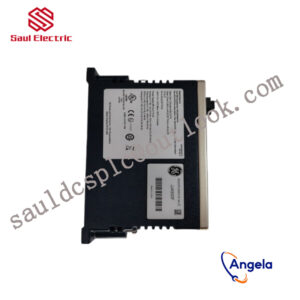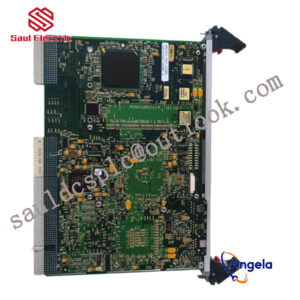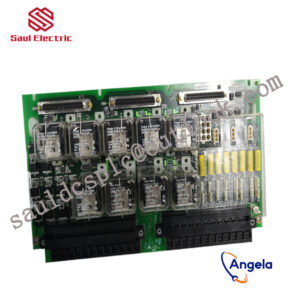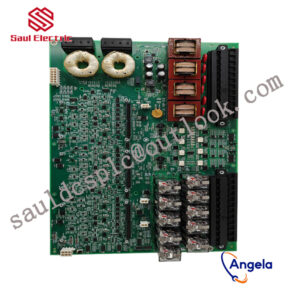Description
- BENTLY 3500/50 133388-02 gateway is designed with multi protocol compatibility and modularity, seamlessly connecting industrial systems,
- operating at a wide temperature range of -40 ° C to 85 ° C, supporting 8-channel rotating equipment monitoring,
- remote configuration to improve efficiency, and ensuring stable power and automation.
It can connect the Bently Nevada 3500 system with other control systems or host computers to achieve data interconnectivity.
thus achieving integration with other industrial control systems.
Analysis of demand for industrial robots in the automotive industryThe automotive industry remains the largest robot application industry globally, with a share of almost 30% of total supply. Investment in new automotive production capacity and modernization processes have driven the automotive industry”s demand for robots. The use of new materials, the development of energy-saving drive systems, and fierce competition among major automotive markets are the fundamental driving forces for the extensive use of industrial robots in the automotive industry.According to OICA statistics, 79% of the installed capacity of industrial robots in the automotive industry is distributed in 5 key markets: China (39,351 units), Japan (17,346 units), Germany (15,673 units), the United States (15,246 units), and South Korea (11,034 units) .In 2019, the year-on-year growth in fixed asset investment in my country”s automobile industry was around 0%, and the overall situation was sluggish. This is also the lowest situation in recent years. It is predicted that with my country”s automobile sales stabilizing in 2020, fixed asset investment is expected to bottom out and rebound, driving the industrial robot industry to pick up.Breakdown of industrial robot status in 3C industry3C is the collective name for computer , communication and consumer electronic products, also known as “information appliances”. Such as computers, tablets, mobile phones or digital audio players. The 3C industry is another important source of demand for industrial robots.In 2018, the global demand for electronic equipment and components continued to decrease, and the Sino-US trade friction had a direct impact on Asia. Asia is an important production base for global electronic products and components. The highest installed capacity of robots in the 3C industry reached 122,000 units in 2017. , dropped to 105,000 units in 2018. The installed robot capacity in the 3C sub-industry mainly comes from three countries: China (43%), South Korea (19%), and Japan (17%).In addition, 5G from the three major operators will enter commercial application in the second half of 2019. In November 2019, the overall domestic smartphone market shipped 130.47 million units, a year-on-year decrease of 1.3%. However, the growth rate has improved significantly compared with the 10.7% year-on-year decline in August. The innovation brought by 5G to smartphones will not only increase smartphone shipments, but will also drive upgrading of mobile phone technology (TWS headsets, TOF lenses, etc.), which can drive demand for 3C automation equipment and thereby increase industrial robot shipments.According to data from the China Business Industry Research Institute, in 2017, my country”s industrial robot applications in the above fields accounted for 33.30%, 27.7%, 10.8%, 7.9%, and 2.3% respectively, of which the automotive industry and 3C accounted for more than 60%. At present, both automobiles and 3C have bottomed out and are rebounding, with obvious signs of improvement in demand. It is expected that the industrial robot industry chain will rebound in 2020. In addition to the automobile and 3C industries, the downstream application fields of industrial robots also include metal processing, plastics and chemicals, food, beverages, tobacco and other industries. The market demand for industrial robots will continue to expand in the future.
129478-01 Belonging to the Bently Nevada 3500 series
3500/45 140072-04 3500 series front card and rear card
3500/72M 140734-08 3500 series front card and rear card
3300/50-02-01-00-00 Bently State Monitoring Interface System
125760-01 BENTLY TSI system module
330195-02-12-10-00 Bently State Monitoring Interface System
125800-01 Mechanical vibration monitoring system
163179-01 BENTLY TSI system module
330850-50-00 BENTLY series: 3500 communication gateway module
125800-01 Bently State Monitoring Interface System
3500/62 Belonging to the Bently Nevada 3500 series
3500/42M 135489-01 Belonging to the Bently Nevada 3500 series
167699-02 Mechanical vibration monitoring system
3500/60 Belonging to the Bently Nevada 3500 series
176449-02 Bently State Monitoring Interface System
3500/53 133396-01 3500 series front card and rear card
3500/77M Belonging to the Bently Nevada 3500 series
9200-01-01-10-00 BENTLY TSI system module
3500/05-01-03-01-00-00 BENTLY TSI system module
176449-02V BENTLY TSI system module
135137-01 BENTLY series: 3500 communication gateway module
3300/14 3500 series front card and rear card
3500/05-02-02 Belonging to the Bently Nevada 3500 series
9200-01-01-10-00 BENTLY series: 3500 communication gateway module
35000/22M (138607-01) 3500 series front card and rear card
3500/32 125712-01 3500 series front card and rear card
106M1079-01 Bently State Monitoring Interface System
3500/05-01-02-01 3500 series front card and rear card
133292-01 Mechanical vibration monitoring system
3500/25 149369-01 Bently State Monitoring Interface System
3500/32 125712-01 Mechanical vibration monitoring system
3500/15E BENTLY TSI system module
3500-42M Bently State Monitoring Interface System

